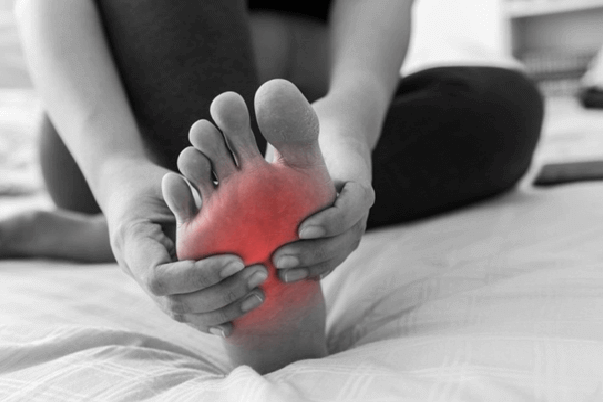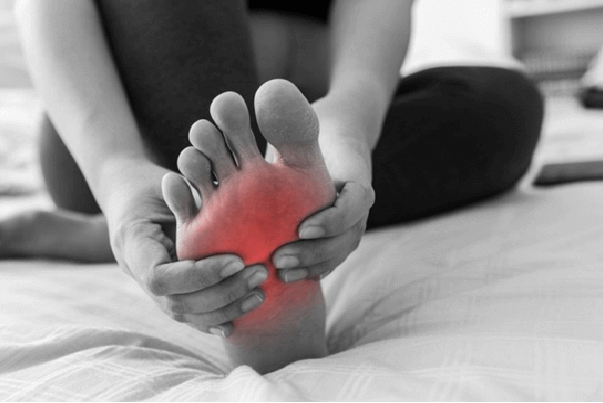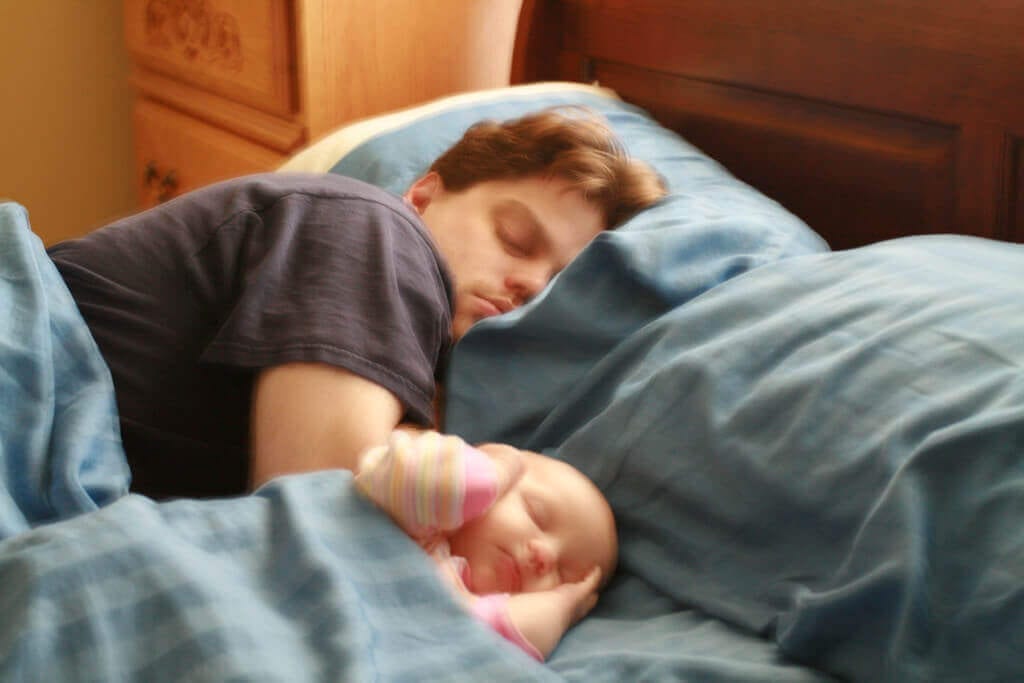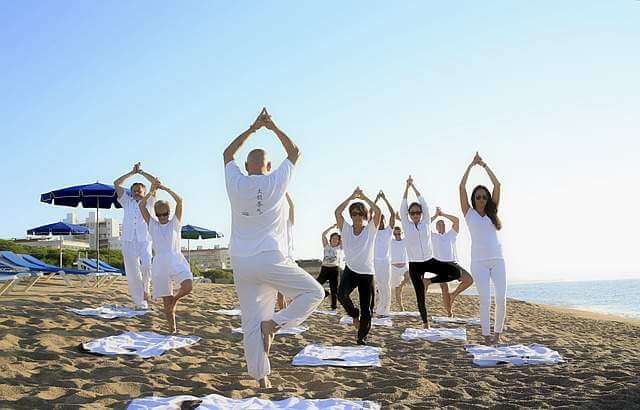As a result of being on your feet a lot, one can suffer quite a number of conditions. I once had corns and calluses and i simply would not want anyone to go through a similar predicament to mine. As a result, i came up with a list of some common conditions caused by being on your feet a lot. We are also going to look at the symptoms, causes and treatment options of the respective conditions. I believe this will put you on the front foot of preventing and treating the conditions.
Most jobs today for example being a waiter or a healthcare worker demand standing for long periods of time. So, what are the effects of being on feet a lot?
Although our feet are designed to withstand the weight of the bodies, being on the feet a lot is quite harmful to your health. Proper foot care is therefore required to decrease the chances of acquiring various foot problems as well as preventing the progression of diseases. If you stand on your feet for long, your health problems may worsen or more importantly, you may suffer the following conditions:

1) Corns and calluses
Calluses and corns are often tackled as one condition because they are formed as a result of friction and pressure. However, the two conditions have slight differences. A callus affects any part of the foot(mostly heel and ball) and forms as a rough region which is yellow in color. A corn on the other hand is a small thick and circular skin with a central body. Both make your walking experience quite painful. Symptoms include pain, skin patches and white skin bumps.
Causes of calluses and corns:
- Flat feet
- High-arched feet
- Wearing ill-fitting shoes and high heels
- Aging
Treatment of calluses and corns:
- Using shoe pads
- Using orthoses or shoe inserts
- Wearing comfortable shoes
- Cutting down on the causes of friction and or pressure
2) Foot pain
There are several foot structures working together to achieve motion. Foot pains are caused by overusing such structures. The overuse can be noticed in conditions such as bursitis, neuronal tendonitis and osteoarthritis. The most common condition here is plantar fasciitis. This condition starts with painful heels in the morning which will gradually improve. Plantar fasciitis commonly affects overweight people and runners. Pain is the main symptom.
Causes of foot pains:
Foot pain is caused by mechanical problems such as:
- Poor foot structure
- Bad training techniques
- Poor foot biochemics
The pain can also be caused by wearing ill-fitting shoes.
Treatment of foot pains:
- Using shoe insoles
- Wearing spacy and comfortable shoes
- Applying the PRICE principle of protection, rest, ice application, compression and elevation
- Surgery or cortisone injection if the pain persists
3) Cracked heels
Being on feet a lot can also lead to cracking of heels. Cracked heels can be quite painful and even shameful. If the cracked heels are not properly treated, the cracks can go deeper into the underlying tissues. This can in turn cause bleeding and infections. Symptoms of cracked heels include corns and calluses, peeling skin, redness, tenderness and pain.
Causes of cracked heels:
- Hot baths
- Dehydration
- Diseases such for example diabetes
Treatment of cracked heels:
- Slathering the foot using salves for example CeraVe healing ointment
- Scrubbing and filling the foot
4) Flat feet
Flat feet are also known as fallen arches. Having flat feet means that you either have no foot arches or you have low foot arches. Pain when you are standing on your feet is the major symptom.
Causes of flat feet:
- Foot injuries
- Rheumatoid arthritis
- Weak arches
- Genetic factors
- Ill-functioning posterior tibial tendon
- Neuromascular conditions such as cerebral palsy and muscle dystrophy
Treatment of flat feet:
- Wearing comfortable and supportive shoes
- Using shoe insoles and or orthotics
- Using ankle bracelets
- Using medications for pain
5. Shin splints:
Being on your feet a lot can also cause splints in the shin. Shin splints refer to pains in the inner edges of the bone in the lower leg especially the ankle and knees. Some physicians also call the condition Media Tibial Stress Sympyom(MTSS). The condition mostly affects people that take part in heavy physical activities as well as stop-start activities such as tennis and soccer. The muscles, bones and joints are pounded and stressed beyond natural body restoration and repair. Symptoms of shin splints include lower leg swelling, muscle pain, numbness and weekness of the foot and pain when exercising.
Causes of shin splints:
- Foot abnormalities such as flat foot
- Weak thigh muscles
- Poor training techniques
- Limited flexibility
- Bone fractures
- Force on tissues attaching the shin bone to surrounding muscles
Treatment of shin splints:
- Wearing elastic bandages
- Leg elevation
- Rest
- Using pain medications
6) Bunions
Being on your feet a lot can cause foot deformities such as bending the big toe making it face the side of the little toes. This deformity is caused by bunions(big bumps in the joints) at the base of the big toes. The symptoms of bunions include a big toe bump, rednness and swelling of the big toe, pain and corns and calluses.
Causes of bunions:
- Congenital deformities
- Wearing tight shoes and high heels
- Underlying issues of instability
- Foot injuries
- Rheumatoid arthritis
Treatment of bunions:
- Application of ice on the inflamed region
- Wearing spacy and comfortable shoes (like these ones: http://shoestracker.com/best-shoes-for-standing-all-day/ )
- Using shoe inserts and or pads
- Surgery if the bunions cause unbearable pain
We cannot avoid standing for long periods of time if our jobs demand it but we can manage the resulting conditions early to avoid further complications. Prevention is better than cure so if you can avoid the build up of the condition, the better it is for you. Some ideal prevention ideas include regularly changing the exertion of your body weight from one leg to another and alternating your standing and sitting more often. If you had any of the above conditions and in turn liked the treatment options, you can share the post. Who knows? A friend or relative might just benefit from your shared post. If you have any additions or any other concerns, do not forget to leave your comments below.
Author Bio:
 Lilly is the chief editor of ShoesTracker.com, a place where she shares the journey of regaining her foot health after exercise injuries in 2015. She lives in San Diego, besides writing Lilly loves to read, run, and go to yoga classes. Follow her Twitter @lillyderrah to find more about Lilly and her work.
Lilly is the chief editor of ShoesTracker.com, a place where she shares the journey of regaining her foot health after exercise injuries in 2015. She lives in San Diego, besides writing Lilly loves to read, run, and go to yoga classes. Follow her Twitter @lillyderrah to find more about Lilly and her work.





